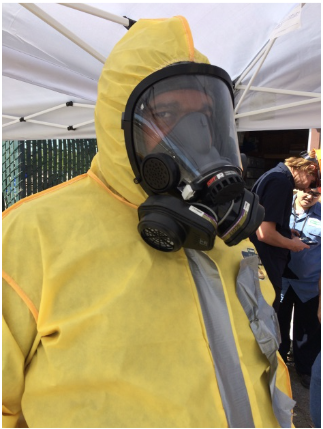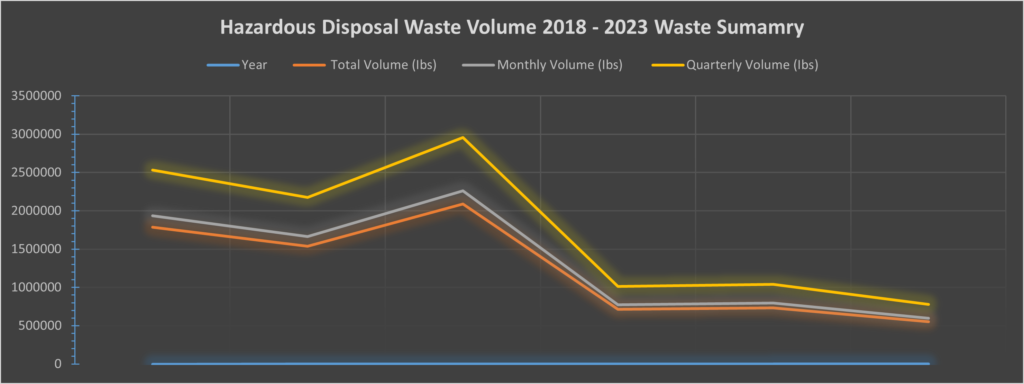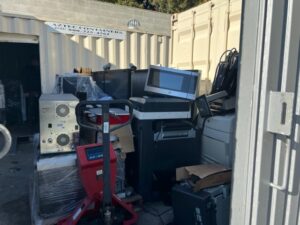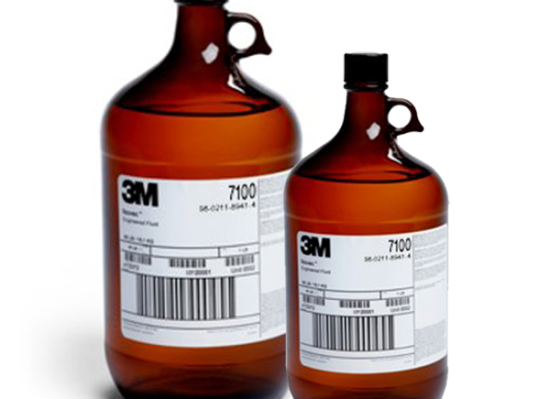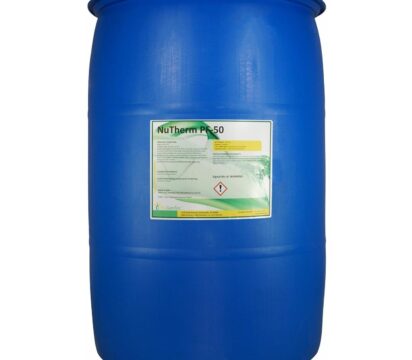Comprehensive Health Services
At our clinic, we are dedicated to providing a wide array of health services designed to meet the needs of our diverse clientele. Our offerings include:
- Comprehensive Physical Exam: A thorough assessment of your overall health.
- Functional Capacity Examination: Evaluating your ability to perform work-related tasks.
- Audiometric Testing with Report: Detailed hearing tests conducted by experts.
- Spirometry Testing (Pulmonary Function Test): Assessing lung function and capacity.
- PPD/Tuberculosis Skin Test/Reading: Screening and reading for tuberculosis.
- PPD/Tuberculosis Screening (Screening Form Only): Initial screening without the skin test.
- Chest X-Ray Services: Essential imaging for thorough diagnostic insights.
- Laboratory Services: A full range of blood and other diagnostic tests.
- Immunizations: Protecting your health with essential vaccines.
- COVID-19 Testing: Rapid and PCR testing available.
Optional Items
- OSHA Respirator Questionnaire Document: Required documentation for respirator use.
- Respirator Fit Testing: Ensuring proper fit and function of your respirator.
- Audiologist Consultation for Problem Audiograms: Expert advice for complex cases.
Our team of experienced healthcare professionals is committed to ensuring that you receive the best care in a welcoming and professional environment.

Comprehensive Health Services
At our clinic, we are dedicated to providing a wide array of health services designed to meet the needs of our diverse clientele. Our offerings include:
- Comprehensive Physical Exam: A thorough assessment of your overall health.
- Functional Capacity Examination: Evaluating your ability to perform work-related tasks.
- Audiometric Testing with Report: Detailed hearing tests conducted by experts.
- Spirometry Testing (Pulmonary Function Test): Assessing lung function and capacity.
- PPD/Tuberculosis Skin Test/Reading: Screening and reading for tuberculosis.
- PPD/Tuberculosis Screening (Screening Form Only): Initial screening without the skin test.
- Chest X-Ray Services: Essential imaging for thorough diagnostic insights.
- Laboratory Services: A full range of blood and other diagnostic tests.
- Immunizations: Protecting your health with essential vaccines.
- COVID-19 Testing: Rapid and PCR testing available.
Optional Items
- OSHA Respirator Questionnaire Document: Required documentation for respirator use.
- Respirator Fit Testing: Ensuring proper fit and function of your respirator.
- Audiologist Consultation for Problem Audiograms: Expert advice for complex cases.
Our team of experienced healthcare professionals is committed to ensuring that you receive the best care in a welcoming and professional environment.



